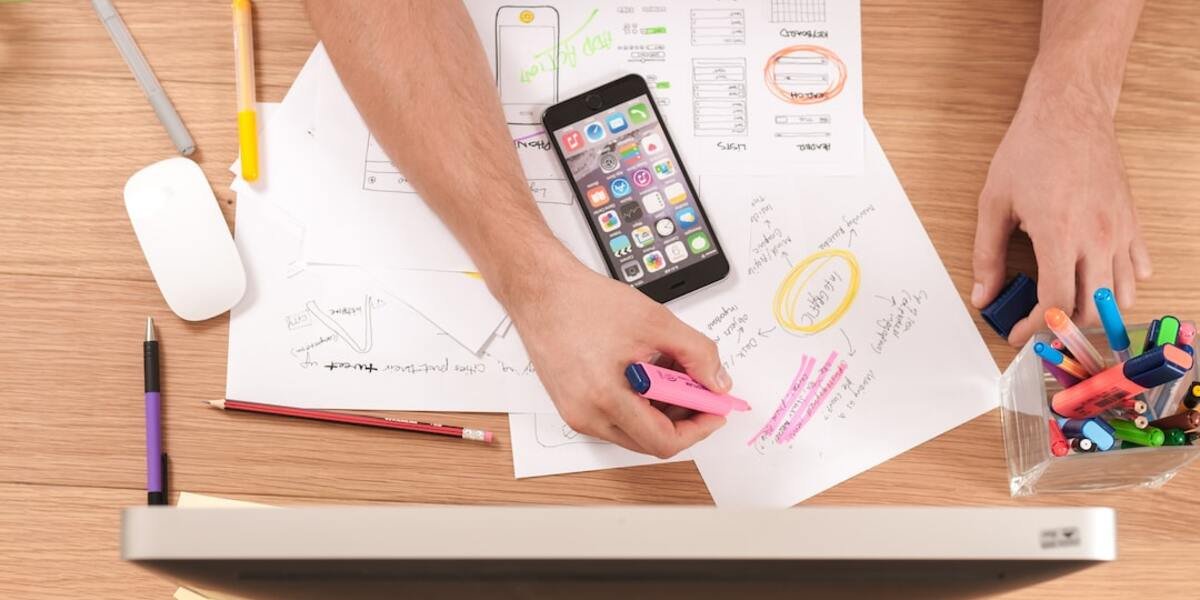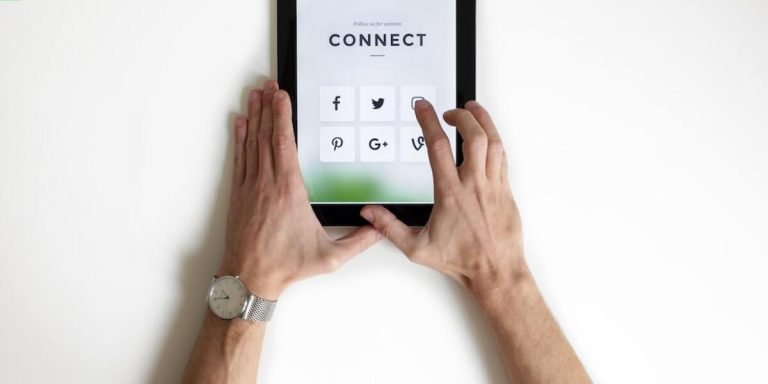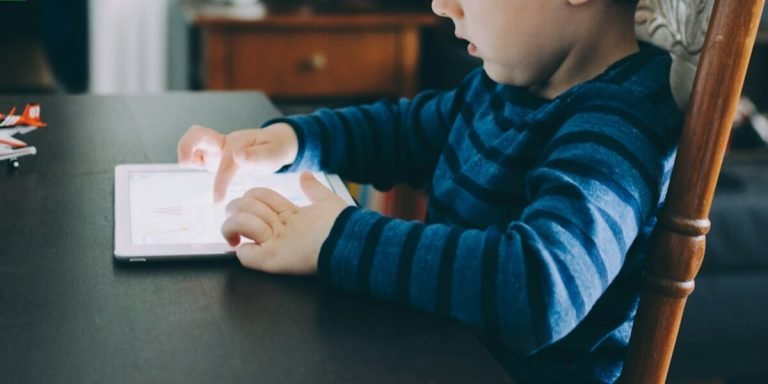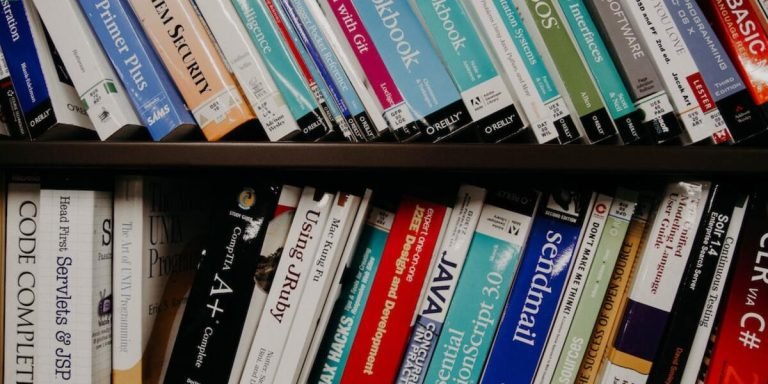Smart Board Interactive Whiteboard: Revolutionizing Childhood Education
The advent of technology in education has brought about transformative changes, with the Smart Board Interactive Whiteboard standing as a remarkable innovation in this sphere. This tool is more than just an upgrade to conventional whiteboards; it’s revolutionizing childhood education by enhancing interactive learning and fostering comprehension through visualization.
A smart board interactive whiteboard introduces children to technological engagement at an early age while making lessons enjoyable and easily digestible. Through its myriad features, educators can offer immersive teaching experiences that cater not only to traditional learners but also those who learn best through auditory or kinesthetic methods.
Did you know?
The Smart Board Interactive Whiteboard is not a recent innovation; it was actually invented way back in 1991 by SMART Technologies, long before the digital education boom of the 21st century.
Exploring the Benefits of Smart Board Interactive Whiteboards in Classrooms
Smart Board Interactive Whiteboards have revolutionized the learning experience in classrooms across the globe. As a robust tool for education, these digital whiteboards offer an engaging platform that merges traditional teaching methods with modern technology-infused pedagogy. In this era where remote and blended learning is common due to pandemic situations like COVID-19, Smart Boards provide diverse opportunities for enhancing student’s comprehension levels while adhering to social distancing norms.
There are several benefits associated with integrating Smart Board Interactive Whiteboards into classroom routines. First off, they facilitate immersive lessons by offering multi-media presentations that make students visualize concepts better than standard chalk-and-dart board lectures or even conventional PowerPoint slideshows on computer screens. They promote interactivity through touch-sensitive surfaces letting children manipulate images directly thus indulging them in active participation rather than passive intake of information.
Smartboards enhance lesson continuity and focus by allowing teachers to quickly access extensive online content without switching devices or platforms. Teachers can effortlessly integrate videos from sites like YouTube Kids into their smart boards, providing a seamless blend of instructional materials through one interactive interface. This simplicity helps avoid the complexity and distraction that come with using multiple tech tools in one classroom session.
Enhancing Student Engagement and Participation
The integration of technology into education has shown tremendous potential in enhancing children’s learning experiences, especially with the use of the smart board interactive whiteboard. Leveraging this technological tool can resultantly enhance student engagement and participation.
Student interest is piqued when lessons are presented on an engaging platform like a smart board interactive whiteboard. Unlike traditional chalkboards, these tools offer exciting visuals and interactivity that can engage students far more effectively. For instance, math classes become dynamic as numbers come alive through animations – turning abstract concepts into tangible ideas for young learners.
Smart boards also foster collaborative learning environments where every child gets to participate actively. They aren’t just sitting back listening – they’re up there at the front interacting directly with displayed information while their peers watch and learn from them simultaneously.
Moreover, using a smart board interactive whiteboard allows real-time annotation during presentations or lectures which serves dual purposes; it holds attention by keeping content fresh plus aids recall by highlighting key points visually.
Additionally, teachers have discovered ways to gamify activities leading to enhanced motivation among students via these intelligent boards: quizzes turn thrilling when answers need swiping across screens!
Furthermore, such technologies make room for customized teaching approaches suiting each learner’s needs improving educational outcomes remarkably better than before.Initiative taking becomes second nature because everyone enjoys showing off skills on ‘the big screen’.
Streamlining Lesson Delivery for Educators
With technology taking long strides in the educational sector, smart board interactive whiteboards have become an integral part of many classrooms. These highly advanced tools serve a dual purpose – they are not only captivating for students but also help educators streamline their lesson delivery process.
One of the main advantages of using smart board interactive whiteboards is that it offers versatility. Whether you’re teaching math or art, these boards can easily adapt to different subjects and teaching styles. You can incorporate videos, audios, graphics or other multimedia materials into your lessons to make them more engaging and informative.
And here’s something wonderful about 2023! The latest models come with AI integration which means they are smarter than ever before – learning from teacher’s habits and suggesting ideas for future lessons!
The days when teachers had no choice but to spend hours preparing handouts or slide presentations are gone. With a smart board interactive whiteboard right at their fingertips, educators now have access to pre-made lesson plans that align perfectly with any curriculum requirements across all grade levels.
These boards make classroom management almost effortless by enabling real-time class participation. They allow every student to interact directly on the screen, thus involving and focusing everyone during sessions. They prevent boredom from mundane lectures, which can be hard to follow due to kids’ waning attention spans nowadays. The increase in engagement significantly boosts overall productivity. Let’s examine a few related pros:
– Facilitates Easy Updates: Teachers can seamlessly update content on-the-go ensuring current information.
The Role of Smart Board Technology in Collaborative Learning Environments
The implementation of smart board technology in collaborative learning environments has revolutionized the education sector indeed. The traditional chalk and talk are making way for more interactive, exciting, and efficient modes of teaching that engage students better – all thanks to this advanced tool known as an “interactive whiteboard”. A key feature is its versatility; it accommodates diverse learning styles phenomenally well.
Recognizing its immense benefits in 2023, educators are increasingly leveraging ‘Smart Board’ technology to create a stimulating environment where knowledge exchange happens seamlessly. It’s fascinating how aspects such as visuals, text-based data or audios aren’t isolated anymore but integrated harmoniously into one comprehensive platform. This amalgamation fosters increased interactivity leading to improved cognitive development among children.
Remember when they say that today’s learners are tomorrow’s leaders? Well then there couldn’t have been a more potent catalyst than Smart board Interactive Whiteboards ensuring every child gets equal opportunity towards reaching their full potential.
Fostering Teamwork Through Interactive Lessons
The use of smart board interactive whiteboard technology in the education sector has been a game-changer, particularly when it comes to fostering teamwork through interactive lessons. This technological tool encourages collaboration and enhances learning outcomes significantly.
Smart boards are an alluring blend of conventional chalkboards and digital screens that offer teachers access to limitless resources while keeping students engaged during teaching sessions. The shift towards incorporating this type of innovative tech is part of the ongoing efforts aimed at integrating technology into education effectively.
These tools, when used correctly, can transform group learning experiences into dynamic interactions filled with opportunities for active participation from every student in the class. Here’s how smart board interactive whiteboards foster teamwork:
When integrated within classroom settings, smart boards permit learners to collaborate on various projects simultaneously without any hindrance or boundaries traditionally associated with physical classrooms. Students get to work together on tasks using drag-and-drop features which mimic real-world scenarios enhancing their collaborative skills while still making it fun-filled.
Smart Boards provide immediate feedback during classes propelling effective communication and problem-solving among group members working together on shared tasks or assignments instantly addressing errors promoting collective improvement.
Integration of virtual trips provides exposure beyond textbook content enriching learner understanding as they actively participate exploring different cultures, historical sites connecting academic knowledge directly with world experience bringing about comprehensive team-based exploration.
Utilizing Digital Tools to Connect Students Globally
Smart Board Interactive Whiteboards have emerged as ground-breaking tools in our current educational landscape, effectively bridging the gap between traditional teaching methods and digitized learning. By offering dynamic ways of presenting information with eye-catching multimedia content, these ingenious devices are revolutionizing conventional classroom environments.
Weaving smart board interactive whiteboard into lessons bring an enhanced dimension of participation and interactivity to classrooms. They provide visual stimulation that aids learners’ understanding while promoting a sense of enthusiasm among them. When students feel engaged by what they’re studying, their retention ability often improves dramatically – a testament to the transformative power this technology holds.
In today’s interconnected world where global comprehension is paramount, one particularly compelling benefit stands out: The potential for worldwide connectivity provided by smart boards. With internet access at its core functionality feature , SMART Boards make it possible for teachers to connect their classes with those in other countries or even just across town- fostering an environment ripe for global collaboration .
Through thoughtful integration, educators can use these digital platforms not only as instructional resources but also hubs connecting young minds from diverse cultures around the globe in collaborative projects . This intersectionality enhances students’ cultural awareness while improving problem-solving skills during team work scenarios.
Measuring the Impact of Smart Boards on Educational Outcomes
The advent of the smart board interactive whiteboard, a cutting-edge tool in technology integration within education, has revolutionized classroom learning environments. Unlike traditional blackboards or even dry-erase boards, these advanced gadgets offer a broad range of capabilities designed to enhance students’ educational outcomes.
Smartboards create an engaging and dynamic teaching atmosphere that enhances student comprehension levels. They integrate multimedia resources such as videos, presentations, and internet access into a single user-friendly interface both teachers and students can manipulate. This stimulation of multiple sensory channels leads to better information retention among learners.
Moreover, smartboards facilitate participative learning opportunities that involve everyone. The ability to interact physically with lesson displays captures interest like nothing else!
Measuring the impact of this technology is becoming increasingly vital due its growing influence in classrooms across all grade levels ranging from primary schools right through high-schools worldwide; not merely for gauging investment returns but also for validating its purported effects on boosting academic performance. Several studies have been conducted exploring this area: many indicate improved test scores alongside enhanced collaborative skills when tech-based tools such as smart-boards are incorporated systematically into day-to-day lesson plans.
In conclusion then, it’s clear how crucial smart-board interactive whiteboards are proving themselves; steadily reshaping pedagogical strategies while placing powerful edtech literally at educators’ fingertips! The trajectory suggests that their relevance will only continue bolstering throughout 2023 onwards thereby making them indispensable assets supporting childhoodeducation now more than ever before.
Assessing Student Performance with Integrated Assessment Tools
In the modern age of digital learning, assessing student performance has taken a sharp turn from traditional paper-based tests to technology-driven evaluation methods. Incorporating smart board interactive whiteboards into classrooms offers an integrated assessment tool for educators that fosters active participation and tracks real-time progress.
Smart boards in education function as more than just another piece of tech equipment; they provide profound opportunities to enhance teaching practices and evaluate learning outcomes. By observing learners’ interaction with the contents displayed on these dynamic canvas-type screens, teachers can monitor their comprehension level effectively.
One pivotal aspect is how smart boards assist in creating engaging narratives during lessons that resonate deeply with students. As pupils navigate through tasks or games using touch responses on screen panels, instructors gain unique insights into children’s cognitive abilities related to knowledge absorption retention rates—and all this happens live!
Moreover, applications compatible with smart board systems allow storage of learner activity data—right down to each individual response times for problem-solving exercises — giving way to meaningful analysis over time—a remarkable feature nearly impossible within non-digital settings.
A huge advantage lies within integration—the concept that transforms a static classroom environment into a collaborative one between educator and pupil alike—all via user-friendly software interfaces connected directly onto school networks. This facilitates sharing reports about class-wide trends or specific child performances amongst others who contribute towards shaping young minds—including parents—who then become crucial participants in monitoring educational growth patterns across semesters instead of mere spectators at parent-teacher meeting days only once every term end .
Tracking Progress and Adapting Teaching Strategies
As the digital age advances, an essential part of teaching has moved from traditional chalkboards to using smart board interactive whiteboards. This technology integration in education presents a unique opportunity to track student progress and adapt teaching strategies.
Smart boards promote better learning outcomes by offering dynamic methods for students to interact with their studies. They enable educators not only to teach but also assess comprehension levels quickly within classroom settings. Let’s delve into how these tech-enhanced tools aid in tracking progress and adapting instruction tactics.
Firstly, smart boards provide real-time data about every learner’s performance during lessons or activities conducted on them. A teacher can note which subjects have been mastered well, while identifying areas needing further attention — all done seamlessly without disturbing the flow of the class session.
Secondly, smartboards offer versatility by adapting instructional approaches to individual students’ interactions with study materials. Visual learners may excel when presented with graphic illustrations, while auditory learners might respond best to sound clips or voiceovers embedded in slideshows. These accommodations are possible due to integrated smart software that enhances whiteboard functions significantly.
This constant monitoring allows teachers more time dedicated towards pedagogical refinement instead of juggling evaluation duties manually similar times past would necessitate —the result is up-to-the-minute alterations tailored specifically addressing varying pupil needs ensuring optimized educational outcomes continuously evolve over each academic term year-round!
Conclusion
In wrapping up, the smart board interactive whiteboard is not just another high-tech gadget to make lessons easier; it’s a catalyst for meaningful and engaging childhood education. Its hands-on approach fosters creativity while developing critical thinking skills in young learners. As technology continues to evolve at an unprecedented rate, equipping our children with digital adeptness through tools like these will undoubtedly bolster their success in tomorrow’s world.
We invite you to explore further on this website — your handy companion for practical tips and invaluable knowledge about child education methodologies and support strategies aimed at both parents and educators alike. In navigating today’s educational landscape, every bit of information can empower us toward nurturing future-ready children!







